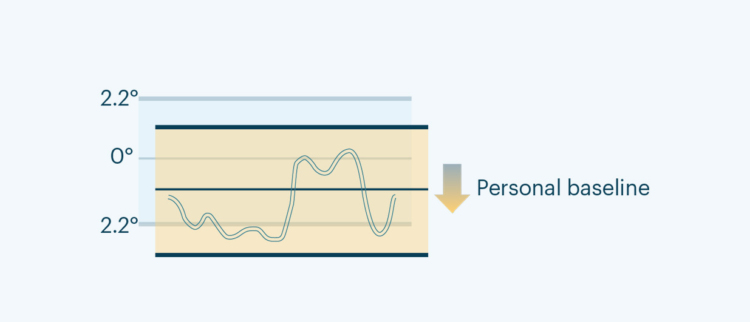Five Key Steps to Diabetic Foot Health

Awareness is the Best Medicine
When you have diabetes, the circulation to your feet can be impacted such that blood may not be delivered to your feet the way that it should be. Blood carries things you need for healing, preventing infection, and preventing breakdown of skin. If blood is not being delivered the way it should be then these important things may not be delivered either.
Nearly 70 percent of people with diabetes have some form of nerve damage. Nerves allow us to feel things. If nerves are not functioning properly, people with diabetes may experience numbness, tingling, or pain on the bottoms of their feet. If a person with this numbness experiences a cut or scrape on the bottom of their foot, they many not feel it. If the person does not feel it, they will not know it is there so won’t know to seek medical attention, and are more likely to develop foot complications such as ulcers that may become infected.
Prevention is the Best Defense
Here are five steps people with diabetes can take to help prevent foot complications:
- Glycemic Control
The most important thing people with diabetes can do to prevent foot complication it to keep their blood sugar well controlled. The circulation and nerve problems discussed above are more likely to happen to people with diabetes if their blood sugar is too high. Keeping blood sugar where it should be normally involves eating and drinking the right things in the right quantity and taking diabetes medications.
- Never Walk Barefoot
Never. Anywhere. When people walk without shoes or slippers on, they are more likely to step on something that can puncture their skin. This is often seen with items around the house such as staples, insulin needles, and sewing needles. There are many instances where an amputation could have been prevented by just wearing shoes or slippers with a rugged sole around the house. These situations occur when a person with diabetes steps on something while barefoot and does not feel it, and therefore does not take care of it, and it turns into an infection. If that person had been wearing shoes the thing they stepped on would be in the bottom of the shoe instead of in their foot.
- Check Your Feet Every Night
It is recommended that people with diabetes inspect the bottoms of their feet every night for injuries. By doing this, if the person has stepped on something or sustained a cut or scrape on the bottom of their foot during the day that they did not feel, they may instead see it. Those that cannot see the bottoms of their feet place a hand mirror on the ground or ask someone else to inspect for them.
- Diabetic Shoes / Smart Insoles
Ask your doctor if you qualify for insurance coverage of diabetic shoes and inserts. These shoes are typically extra deep and cushioned to protect your feet. The inserts are typically made from molds or scans of your feet so they fit perfectly. There are now smart insoles available, such as the Orpyx SI® Sensory Insole System, which monitors the pressure, activity, step count, and temperature of your feet to help prevent foot complications. Your foot health information is collected throughout your daily activities and your health care provider accesses your information to guide your care plan to keep your feet healthy.
- Stay Active!
Exercise can help maintain circulation to your feet which helps to prevent circulation problems. Exercise can be as simple as walking or going up and down the stairs in your home. It is best to wear appropriate athletic shoes when exercising.
Take the First Step
The risk of foot complications for people with diabetes includes ulcers, infections, and amputations. By taking the right preventative steps, you can help manage diabetic peripheral neuropathy by maintaining a healthy glucose level, avoiding barefoot walking, regular foot checks, wearing diabetic shoes / inserts every day, and staying active. Taking these five simple steps can help you prevent foot complications and amputations.
Author: Dr. Jeffrey D. Lehrman, DPM, FASPS, MAPWCA, CPC is a Board Certified Podiatrist, Certified Professional Coder, Certified Professional Medical Auditor, and serves as Medical Director of Orpyx Medical Technologies, Inc. He is in private practice in Colorado and operates Lehrman Consulting, LLC which provides consultation services regarding coding, compliance, and documentation.



